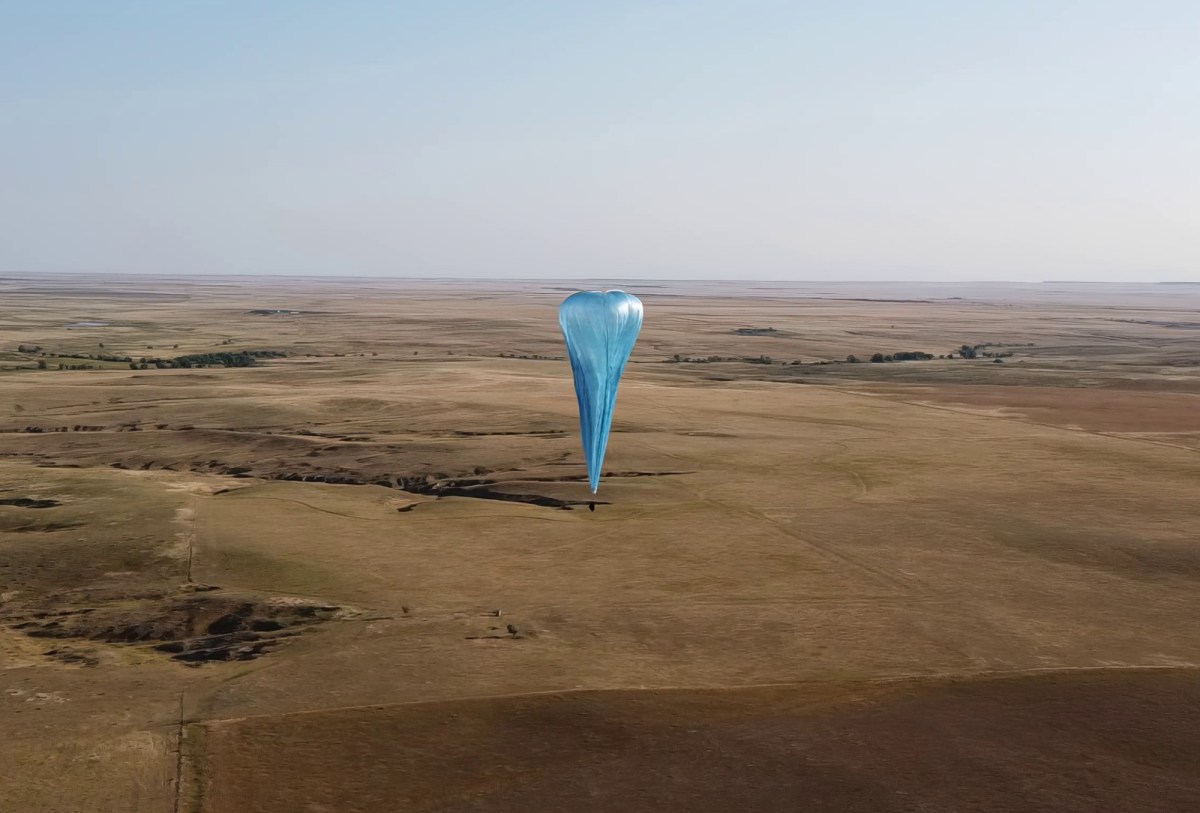WASHINGTON — Urban Sky, a startup developing stratospheric balloons to take high-resolution imagery, has won a multimillion-dollar NASA grant to develop a wildfire monitoring system.
The Denver-based company announced June 26 it received a contract from NASA’s Earth Science Technology Office for a system that will use stratospheric balloons to detect and monitor wildfires and relay that information to firefighters on the ground. The three-year award is worth about $2.6 million.
The project is an evolution of earlier work Urban Sky had done under a NASA Small Business Innovation Research award to develop a small thermal infrared sensor, which the company tested on its balloons, said Andrew Antonio, chief executive of the company, in an interview.
Under the new award, Urban Sky and its partners will improve the geolocation accuracy of the sensor and add the ability to downlink images it takes, rather than just temperature data. A new communications system, developed by mobile mesh networking company goTenna, will allow the sensor to transmit data directly to firefighters in the field.
The payloads will be designed to both operate in detection mode, looking for new wildfires, as well as what the company calls a “perimeter mapping mode” that will monitor the growth of a fire once detected.
The system would compete against several satellite-based systems, both operated by space agencies as well as being developed by companies, to detect and monitor wildfires. Antonio said Urban Sky’s system would stand out in part because of its higher resolution, since it will be flying sensors in the stratosphere rather than in orbit. He estimated his company’s sensor will be able to provide thermal infrared imagery at a resolution of 3.5 meters.
He added that the balloons can be more responsive than satellites, quickly deployed if needed to monitor a specific fire rather than waiting for a satellite to pass overhead. They can also provide persistence by loitering in the atmosphere. “Where we have the winds, we can hover for days,” he said. “We can park a balloon over a fire risk region for several days.”
The primary customer for this service would be state and federal government agencies involved in wildfire response, he said. There may also be supplemental work from private customers, like insurance companies seeking to understand fire risk.
The project team for the NASA award includes Urban Sky as well as the Jet Propulsion Laboratory and Chapman University. Others involved include the University of Colorado Boulder’s Cooperative Institute for Research in Environmental Sciences, goTenna and the U.S. Air Force Wildland Fire Branch.
Urban Sky sees this work as a natural outgrowth of earlier business performing high-resolution imaging from its “microballoon” platform. The company raised $9.75 million in a Series A round in October 2023 to expand that work, and currently flies several balloons a week. “Routine and easy wildfire mapping and management is really important to us,” he said.
Antonio said the company has also seen interest in its microballoon system from the Pentagon. “The Department of Defense is interested in a rapidly deployable stratospheric system,” he said. For the DoD, he said Urban Sky could provide the entire system, including sensors, or just the ballon itself with the military installing its own payloads.
“We started this company to create this tactical stratospheric capability,” he said, “and that has proven itself out where we now have a very mature platform.”
